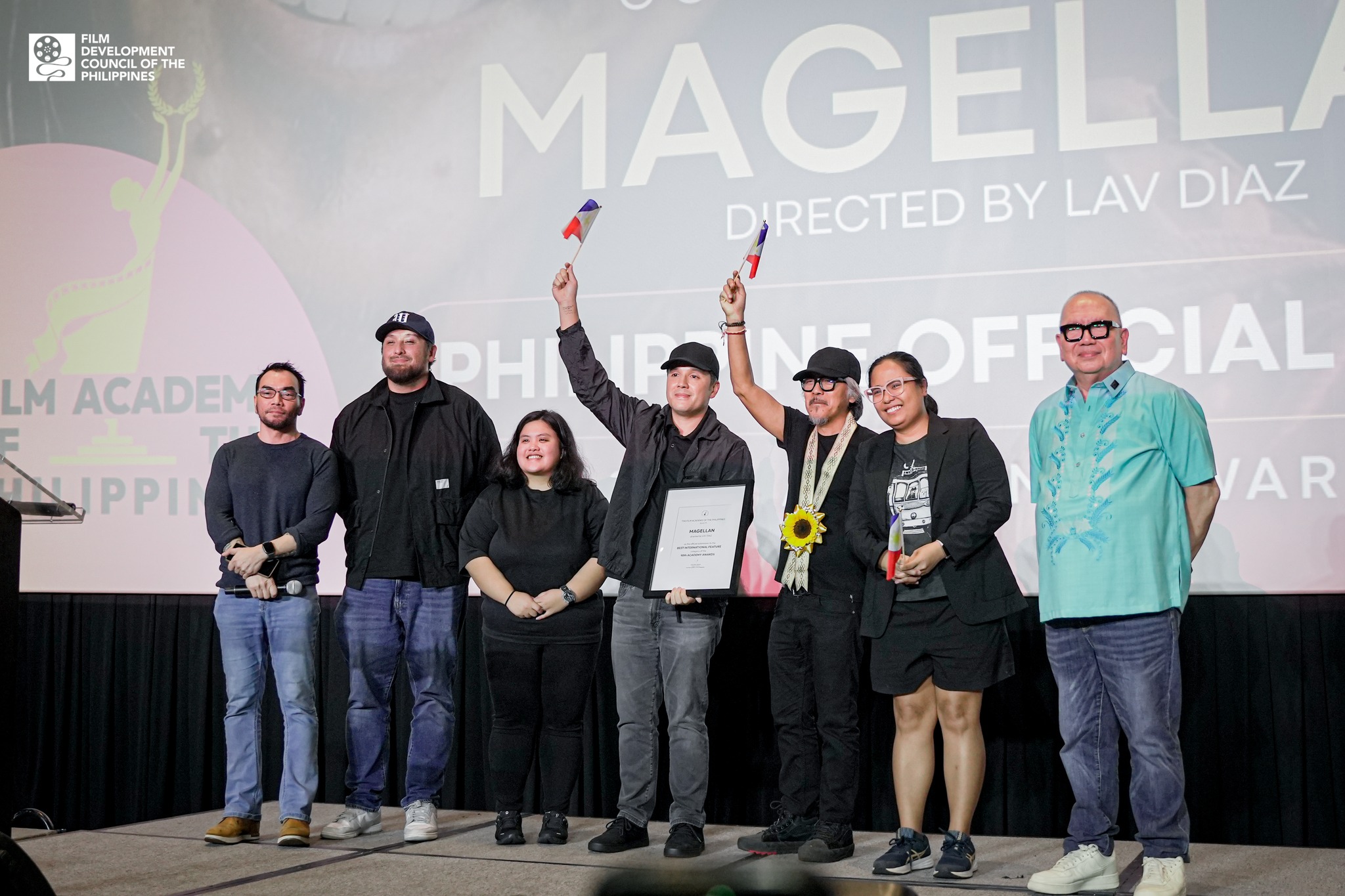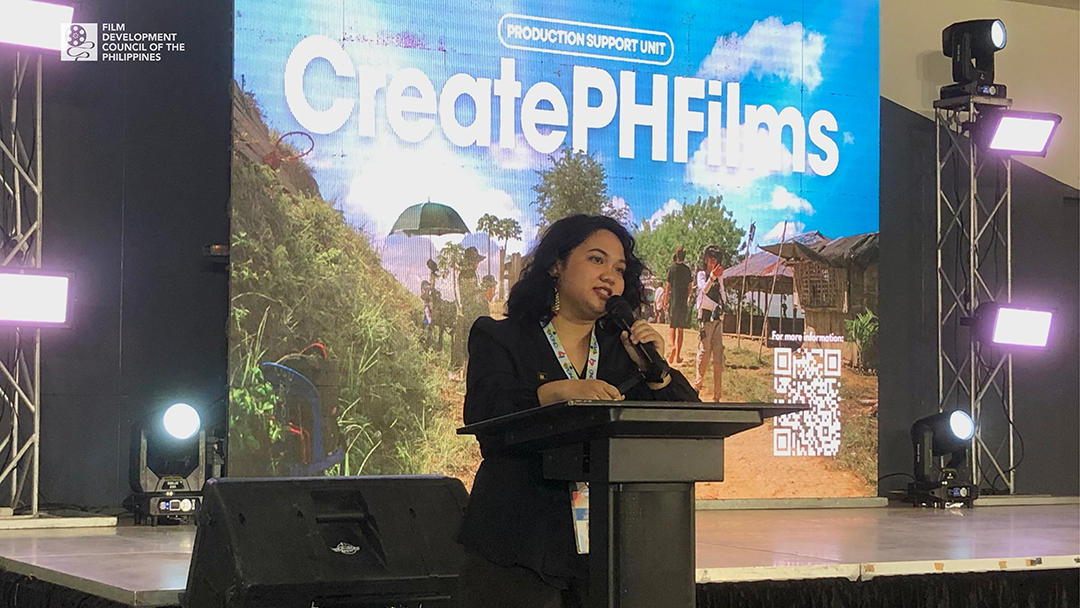A Country-by-Country Guide to Asia’s Travel Restrictions

At the end of last year, the COVID-19 outbreak hadn’t yet become a pandemic—and, as far as we knew, the virus was contained to the continent of Asia. A lot has changed. Nearly every country in the world has been touched by the virus, there are travel restrictions at most borders and, for the imminent future, we’re all staying pretty close to home.
But because countries in Asia like China, Japan, and South Korea were impacted early on, they’ve also been earlier to peak, earlier to flatten their curves, and, generally, earlier to reopen. (Some places, including Singapore and Taiwan, took enough preventative measures to avoid a full lockdown altogether.)
With second and third waves now sweeping the world, though, some countries that were previously leaders are being forced to implement harsher measures than ever (South Korea, for example, is facing its first lockdown). Turkey, straddling West Asia and Europe, was among the first countries to remove its travel restrictions, but has since had to initiate strict curfews and restrictions on movement—a major caveat being that they only apply to locals, not travelers, who continue to enter and exit the country freely.
But there are also some countries who remain closed, in a steady battle to lower cases, as their neighbors gradually open to bring in tourism dollars. India, for example, is keeping borders closed as it continues to battle what remains the second worst outbreak in the world. The Maldives, on the other hand, began welcoming travelers on July 15.
Of the open borders, travelers entering these countries are expected to do everything from self-quarantining to submitting health questionnaires and negative COVID-19 tests. In Cambodia, the select group of visitors granted entry will need to put down a $2,000 deposit should any medical needs arise. Uzbekistan, on the other hand, which is open to all U.S. tourists, will pay you if you contract COVID during your visit.
To help you help the various travel restrictions and reopening status through Asia, read on for our extensive regional breakdown. We’ve got intel on more than 20 countries, and will be updating this regularly.
East Asia
China, the original epicenter of the COVID-19 outbreak, began reopening in May. More recently, the country reopened to U.S. citizens with valid residence permits and visas. New entry requirements effective November 6 require all travelers to take nucleic acid and IgM antibody tests within 48 hours of departing, and negative test results must be submitted to the Chinese Embassy to obtain a green health code or health declaration form for entry (more details here). Upon arrival, U.S. travelers must complete a 14-day quarantine, and additional screening is in place at airports. The American Embassy in China notes on their website that, while domestic travel restrictions have eased, local rules vary greatly and change rapidly. All international arrivals, they say, should be prepared to complete quarantine at a government-selected facility or hotel at their own expense (even if they have a residence in China).
Hong Kong, which was seen as a leader in reopening in May, has had to re-implement lockdown measures multiple times. Hong Kong Disneyland is among several large venues to have reopened, then shuttered again until further notice. On December 2, Hong Kong Disneyland closed for the third time this year, with no set reopening date. This move was in line with new government restrictions that limit gatherings to just two people, and force restaurants to close at 6 p.m. (additionally, restaurants can only seat two people per table).
U.S. travelers are only allowed to enter if they have not traveled outside of mainland China, Taiwan, and Macau in the past 14 days (the only other exceptions are residents and diplomats).
All travelers must arrive with proof of a negative COVID-19 test taken within 72 hours of departure, and U.S. travelers must quarantine for 14 days upon arrival at a hotel (proof of a reservation no less than 14 days must be shown).
Japan’s borders are currently closed to most travelers, including travelers from the U.S., as case numbers and hospital capacities rise throughout the country. One of few exceptions to the rule is those with citizen resident status in Japan, who were allowed to re-enter the country starting September 1. Upon returning to Japan, proof of negative COVID test results taken within 72 hours of departure will be required, in addition to a mandatory test upon landing, and a 14-day self-quarantine. The Business Track program, launched in the summer, allows some business travelers to bypass the entry requirements, but it is not currently being offered to American business travelers; only those who are Japanese residents, and visit the U.S. for a week or less, may return without having to complete the full quarantine. U.S. students with academic visas can exit then re-enter Japan, but the quarantine is still required.
Taiwan has been incredibly successful in its coronavirus response. As of June 29, foreign travelers with a reason for entering Taiwan beyond regular tourism can apply for permission to enter. Visiting to study Mandarin is among the allowed reasons to travel to the island. Those granted permission will need to show proof of a negative COVID-19 test taken within three days of boarding their flight and self-quarantine for 14 days upon arrival, with daily phone check-ins from local officials. From December 1 to February 28, test results will also be required of all transit passengers.
South Korea was praised for how it controlled the first wave of coronavirus cases, but new outbreaks have continued to crop up since. Now, the country is warning that it may need to enter its first lockdown of the pandemic, citing a dangerous third wave of cases. Borders, however, remain open to travelers, including to those from the U.S. All inbound travelers are required to quarantine for 14 days upon arrival; for non-Korean short-term travelers, this must be done at a government-designated facility (costs per night average $100-$150 U.S. dollars), and travelers will need to consent to these terms to board their flight. Only a few categories of short-term travelers, like those traveling for business, academic reasons, or emergencies like a family member's death, can request permission before travel for an exemption from the quarantine requirement.
Long-term residents can self-quarantine at home, but will need to take a COVID test within three days of arriving. The U.S. Embassy reports that immediate blood relatives or spouses of long-term relatives may be permitted to self-quarantine at their family home, but proof in the form of a marriage or birth certificate will likely be requested upon arrival, and permission is subject to the individual immigration officer's approval.
Southeast Asia
Vietnam’s borders remain closed to all foreign nationals until further notice, with just a few rare exemptions for diplomats and those with an essential business need for entering the country. Family reunification is not an exemption. The country reported its first locally transmitted case in 89 days just a couple weeks ago, according to Reuters. Following that news, a December 14 mandate from the government made masks compulsory on all flights, and the government of Ho Chi Minh city issued a release discouraging non-essential large gathering and public events. Local flights continue to operate, and local attractions are largely open.
Singapore is very slowly beginning to reopen its borders, with a focus on business travelers. Following last month's postponement of the highly anticipated Hong Kong and Singapore “air travel bubble,” due to rising cases in Hong Kong, the city-state announced December 15 that it will welcome a number of business travelers from all countries in the new year. Until then, U.S. citizens are only allowed to enter with resident status, with explicit approval from a government agency, or with a SafeTravelPass (issued to students, workers, and some non-U.S. business travelers). Those granted entry will be required to present a negative PCR test result taken within 72 hours of departure.
Malaysia is prohibiting foreign entry, with very few exceptions, until December 31 at the earliest. This September, though, the country launched a program that allowed a few categories of travelers—including residents, professionals, and, as of November 20, spouses of Malaysian citizens—to apply for passes to enter the country. Any travelers who apply for and are granted entry to Malaysia will be subject to a rapid COVID-19 test and a mandatory 10-day self-quarantine. Note that the local U.S. Embassy warns that local regulations are changing quickly, and vary greatly throughout the country (the states of Sabah and Sarawk, for example, have complete autonomy over their ports of entry).
Thailand, which banned all international flights back in May through the end of June, resumed a limited number of international flights in July, mainly to serve Thai nationals. Visitors are still largely prohibited from entering. There are a few exceptions in which non-Thai visitors may currently enter Thailand—including for humanitarian work, medical aid, and “technical landing flights without disembarkation”—though anyone entering in those categories will need to quarantine for 14 days at a government facility or alternative state quarantine facility. The country had previously hoped to launch a reopening plan on October 1, starting in Phuket before rolling out to other regions, though the reopening was postponed until further notice after a local coronavirus outbreak occurred in early September.
Cambodia has suspended its e-visa and visa-on-arrival programs, but is granting visas to international visitors with diplomatic, official, or other business reasons to visit—the restrictions imposed on those who do enter, however, are severe. All foreign travelers must put down a $2,000 deposit upon entering the country (this was previously $3,000), which will be used to cover a a mandatory 14-day quarantine at a government-selected hotel, testing, and transportation from the airport. Travelers must also arrive with proof of a negative COVID test taken no more than 72 hours before arrival. Additionally, a local health insurance package from Forte Insurance, valid for 20 days, must be purchased for $90. (The local government has released a fee schedule breaking down these costs.)
Indonesia, which has recorded the most cases in Southeast Asia at nearly 629,000, is continuing to face a worsening outbreak. International tourism was originally set to resume as part of the final phase in September, with Bali among the first to reopen, but officials announced this fall that the country will not reopen to tourists until next year at the earliest, with officials saying they would wait until a vaccine becomes available. The first doses have arrived in Indonesia, but the country is still only allowing Americans with an existing visa or residence permit in. Visa-free and visa-on-arrival options remain suspended for all nations. For travelers eligible for entry, a negative COVID-19 test is required, as is a mandatory 14-day quarantine at a government facility, or a 14-day self-quarantine under the supervision of the Indonesian health authority.
The Philippines, the second hardest hit Southeast Asian country after Indonesia, has taken a regional-first approach to its lockdown efforts. Right now, areas like Luzon (home to Manila) and the Visayas archipelago (where Cebu lies) are under general community quarantine, with curfews and local travel restrictions set by local governments. Currently, borders remain closed to U.S. travelers, with few exceptions: Filipino nationals, spouses and children of nationals who are traveling with the Filipino citizen, former Filipino citizens, and residents returning from abroad will be allowed in with the appropriate visa, but will be subject to a 14-day quarantine and COVID-19 testing upon arrival. Travelers will need to show their quarantine arrangements and the COVID test at the airport before departure, and all entries will be subject to a maximum number of inbound passengers set per port and date of entry. (The U.S. Embassy in the Philippines encourages travelers to contact the nearest Philippines Embassy or Consulate for more details.)
South Asia
India has struggled to contain its outbreak, with the second highest total cases in the world after the U.S. Nevertheless, popular sites have reopened, including the Taj Mahal and Red Fort in Agra as of September 21. Travel restrictions remain for all foreign nationals, following an announcement in March that all visas to India were no longer valid. There are just a few exceptions, mainly for diplomats and others on official business, and some family members of Indian nationals. The U.S. Embassy encourages U.S. travelers needing to enter India to contact the nearest India Mission for a new visa.
The Maldives reopened to travelers on July 15, with various hotels and resorts opening in waves through July, August, and September (find a full list of the currently open properties on the government's website). Travelers must have a booking at a registered hotel, from the list above, for entry; travelers must also stay at just one hotel for the duration of their stay. Following a rise in cases in September, the government began requiring all travelers to present a negative COVID test, taken with 96 hours of departure, upon arrival (children under one year old are exempt). This must be submitted before within 24 hours of arrival in the Maldives, as part of the mandatory Traveler Health Declaration form.
Nepal began allowing trekkers and mountaineers into the country on October 17. Those who meet the conditions to enter must submit negative test results taken within 72 hours of departing their home country, in addition to quarantining for 7 days in a Nepalese hotel upon arrival. A second test is required on day five of quarantine, and insurance of at least $5,000 USD that covers COVID-related costs is mandatory. Travelers are encouraged to speak to their trekking agency for further details, according to the U.S. Embassy in Nepal, as those agencies are responsible for acquiring the needed visa from the local Government.
After multiple delays in its reopening, Sri Lanka says it will resume international flights on December 26. Travelers will need to show a negative COVID test taken within 72 hours before arrival, submit to a second test upon landing, and take a third test on day seven. No quarantine is required, but all travelers must stay in the country for at least 14 days.
West Asia
Turkey was among the earliest countries to reopen, with restaurants, museums, and hotels up and running by June 1. By mid-June, all travel restrictions were lifted—making it one of just three countries to have done so—and international flights resumed. Jenna Scatena reported that while quieter than normal, the city had largely come back to life. As is happening throughout much of the world, though, new restrictions have since been put in place. As of December 4, Turkish citizens and residents are subject to a weekend curfew from 9 p.m. every Friday to 5 a.m. on Monday, and travel outside of the home is limited to individuals between the ages of 20 and 65, for grocery runs only during that time. During the week, there is a nightly curfew as well. Intercity travel permits are required for some children, and those over 65. Foreigners are exempt from curfews and travel restrictions, and may continue to enter the country with no restrictions or requirements.
Israel has yet to reopen to travelers, with reopening dates continually pushed back. There are exceptions for some U.S. citizens, namely those with residence and student visas, or those whose lives are based in Israel. U.S. citizens are strongly encouraged to obtain a pre-clearance letter from the Israeli government before boarding a flight to Israel.
Jordan is currently open to U.S. citizens, who are required to complete an electronic application at least 24 hours before arriving, and must be able to show proof of a negative PCR test taken before departure. Proof of valid health insurance is also required, as is a second test upon arrival, at the traveler's expense of 40 JD (about $56 USD). Georgia has slowly resumed some international flights, and while U.S. travelers are generally still barred from entering, there are a few exceptions. Spouses or minor children (under 18) of Georgian citizens can enter, as can certain business travelers and those who plan to stay for at least 6 months while working remotely as a freelancer (or are otherwise self-employed). Entry rules vary for each above category of traveler; details can be found on the Georgian government's website.
Central Asia
Uzbekistan resumed some international flights on September 1 to Turkey, the U.A.E., Russia, and Germany. U.S. citizens are permitted to enter with a visa and a negative COVID-19 test taken with 72 hours of departure, is required on arrival. Quarantine requirement depend on which countries travelers have visited within the past 10 days. Tourists sites have reopened with a new standardized set of hygiene regulations, and the government is backing these measures with a guarantee—should you arrive and contract COVID-19, they’ll offer up to $3,000 to cover medical expenses.
This article was last published in September 2020. It has been updated with new information.
Source: cntraveler.com





